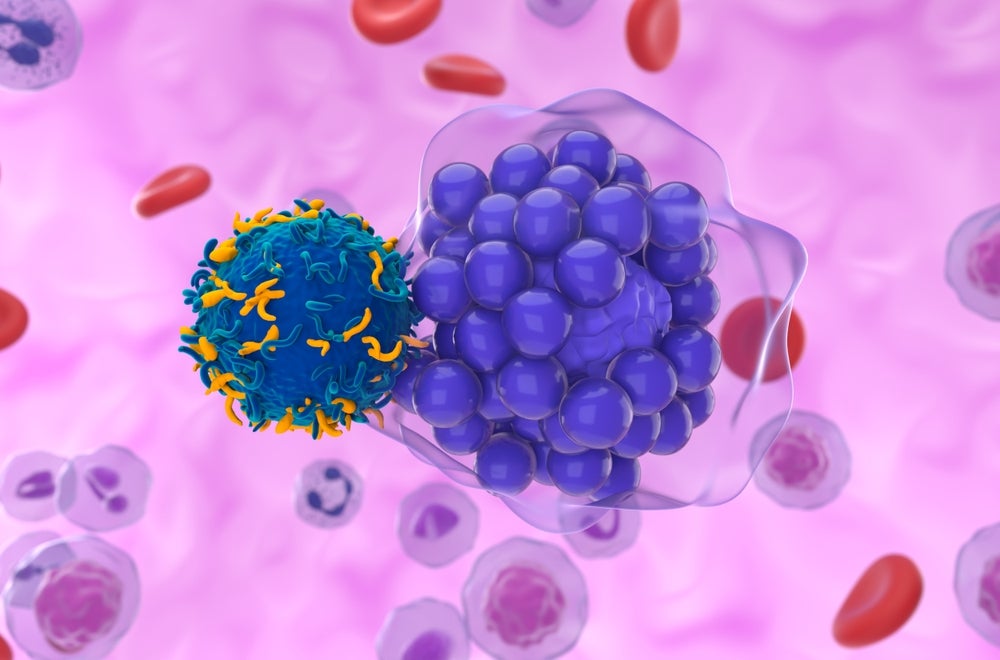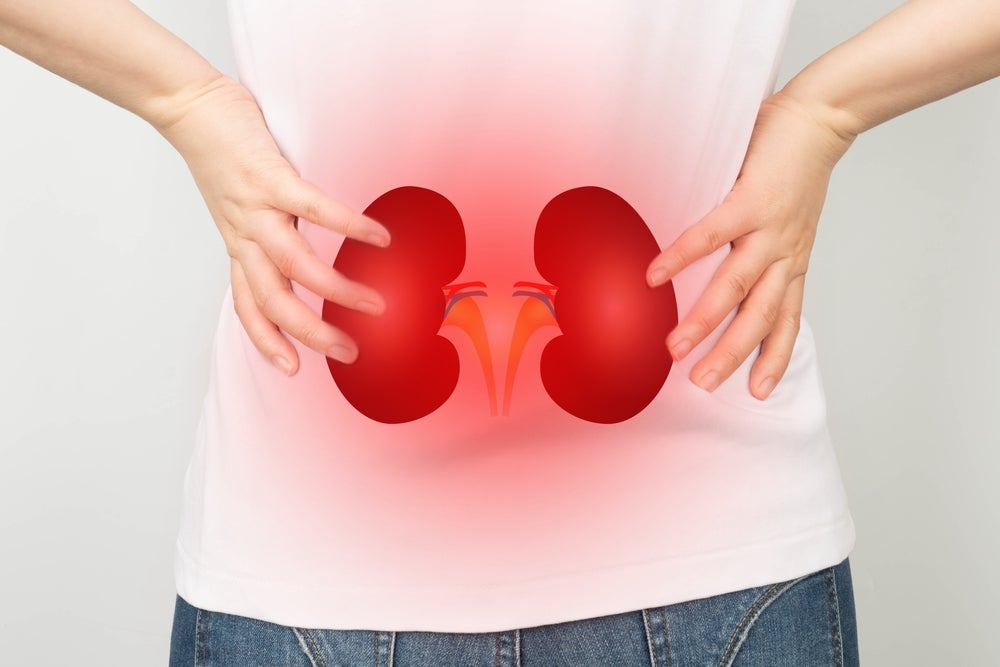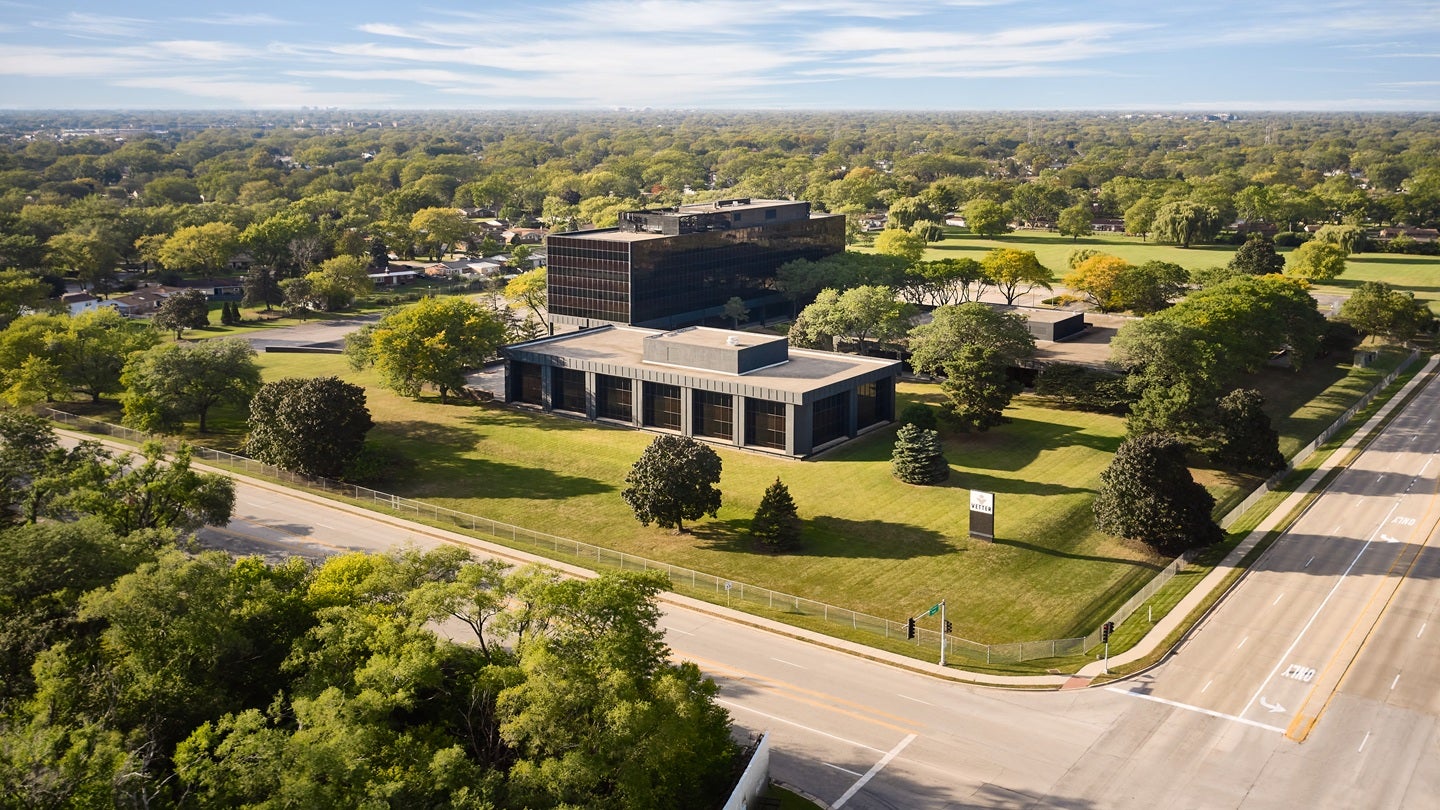Trends in Prenatal Cannabis Advice, US 2017–2021
In recent years, the intersection of prenatal care and cannabis use has emerged as a pressing public health concern, especially across the diverse landscape of the United States. A groundbreaking study published in the Journal of Perinatology in 2025 sheds unprecedented light on how healthcare providers are counseling pregnant individuals regarding cannabis use during prenatal […]


In recent years, the intersection of prenatal care and cannabis use has emerged as a pressing public health concern, especially across the diverse landscape of the United States. A groundbreaking study published in the Journal of Perinatology in 2025 sheds unprecedented light on how healthcare providers are counseling pregnant individuals regarding cannabis use during prenatal visits between 2017 and 2021. As cannabis legalization expands and social perceptions shift, understanding the nuances of medical advice delivered at the frontlines of prenatal care is an urgent imperative. This study not only charts evolving communication patterns but also raises critical questions about healthcare practices, patient outcomes, and public health messaging in pregnant populations.
Cannabis consumption during pregnancy is an issue shrouded by complexity, mired in evolving legislation, cultural attitudes, and often conflicting scientific evidence about its potential risks and consequences. The study by Skelton, Iobst, and Benjamin-Neelon meticulously documents how obstetricians, midwives, and other prenatal care providers in the United States navigated the intricate terrain of cannabis advice in clinical encounters. Between 2017 and 2021, a period marked by rapid changes in cannabis policy, the frequency, content, and tone of cannabis-related counseling during prenatal visits shifted substantially. These temporal trends carry profound implications for maternal and fetal health.
Central to interpreting this research is an appreciation of the historical context underpinning cannabis use in pregnancy. Prior to increasing legislative liberalization, cannabis was widely prohibited and stigmatized, often deterring open conversations in healthcare settings. However, as more states moved to legalize both medical and recreational cannabis, patient disclosure increased, compelling healthcare providers to address this issue more explicitly. The 2017–2021 timeframe captures this pivotal transition, allowing investigators to explore how prenatal care providers adapted their communication strategies in response to changing patient behaviors and societal norms.
.adsslot_mYfcZQvB7n{width:728px !important;height:90px !important;}
@media(max-width:1199px){ .adsslot_mYfcZQvB7n{width:468px !important;height:60px !important;}
}
@media(max-width:767px){ .adsslot_mYfcZQvB7n{width:320px !important;height:50px !important;}
}
ADVERTISEMENT
The findings bring to the forefront a heterogeneous landscape of provider advice. While some clinicians consistently warned against cannabis use due to potential adverse outcomes—such as low birth weight, preterm birth, and neurodevelopmental impacts—others adopted a more nuanced or less assertive approach. This variability reflects both gaps in definitive clinical evidence and differences in provider training, personal beliefs, and institutional guidelines. Notably, the study uncovers disparities tied to geographic region, provider specialty, and patient demographics, all of which influence the likelihood and framing of cannabis-related discussions during prenatal care.
Underpinning these divergent counseling approaches is the complex pharmacology of cannabis and its active compounds, primarily tetrahydrocannabinol (THC) and cannabidiol (CBD). THC readily crosses the placental barrier, exposing the developing fetus to psychoactive substances that may interfere with neurodevelopmental trajectories. Moreover, the endocannabinoid system, which regulates various physiological processes during pregnancy, can be disrupted by exogenous cannabinoids, potentially compromising placental function and fetal growth. The science regarding long-term developmental sequelae remains emergent, fueling the uncertainty and contradictory messaging observed among providers.
In this clinical ambiguity, the study highlights a critical need for standardized, evidence-based guidelines on cannabis counseling in prenatal care. The absence of uniform protocols exacerbates disparities and may undermine patient trust and compliance. Healthcare providers often grapple with balancing the imperative to caution against potential harms while respecting patient autonomy and acknowledging the limited robustness of existing research. This dilemma is further complicated by concurrent substance use and socioeconomic determinants that influence cannabis consumption patterns in pregnant populations.
Importantly, the study reveals that providers increasingly incorporate harm reduction strategies rather than absolute abstinence messaging. This pragmatic approach acknowledges the realities of cannabis use, seeking to minimize fetal exposure by advising avoidance of smoking and recommending cessation at any point during pregnancy. It underscores the evolution of prenatal counseling from paternalistic admonitions to patient-centered dialogues, albeit with considerable variability in execution. Such shifts may be reflective of broader trends in medical communication and public health ethics.
The temporal analysis also coincides with the COVID-19 pandemic era, which dramatically altered healthcare delivery and patient behaviors. These disruptions could have influenced both cannabis use during pregnancy and provider counseling frequency or modalities, including telehealth encounters. The study’s comprehensive dataset allows consideration of these external factors and their interplay with persistent issues such as limited appointment times, provider discomfort, and the stigma associated with substance use disclosure.
Another salient aspect involves the intersectionality of cannabis advice with health equity. Populations disproportionately affected by adverse pregnancy outcomes and socio-economic challenges may also experience differential access to accurate, culturally sensitive counseling. The research reveals that marginalized groups may receive less comprehensive advice concerning cannabis risks, amplifying existing disparities. This underscores the necessity of integrating equity-focused training and resources into prenatal care curricula and public health initiatives.
From a policy perspective, these findings resonate beyond individual clinical encounters. They call for harmonized public health messaging that bridges the gap between rapidly evolving cannabis laws and evidence-based maternal-fetal health guidance. Regulatory bodies and professional organizations must collaborate to produce clear, actionable recommendations that can be uniformly adopted, reducing confusion among providers and patients alike while promoting safer pregnancy outcomes.
Moreover, the study urges further scientific inquiry to resolve enduring knowledge gaps. Longitudinal and mechanistic research is vital to elucidate causal pathways between prenatal cannabis exposure and child neurodevelopment, behavioral health, and metabolic outcomes. Such data will equip clinicians with a firmer foundation to deliver precise advice and improve patient counseling efficacy. Ongoing surveillance of cannabis use trends in pregnancy and their clinical counseling responses remains imperative as new cannabis products and delivery methods emerge.
This research also dovetails with a growing awareness of the nuanced societal dimensions influencing cannabis use in pregnancy. Factors such as mental health, chronic pain, nausea, and historical distrust in healthcare systems contribute to cannabis reliance during gestation. Prenatal counseling must thus extend beyond simplistic prohibitive messages and encompass holistic evaluations that address underlying motivations and barriers to cessation, facilitating tailored support and referrals to addiction and behavioral health services when necessary.
Technological innovations also offer promising avenues to enhance cannabis counseling. Integrating electronic health record prompts, decision-support tools, and provider education modules can augment the consistency and quality of prenatal cannabis advice. Digital platforms tailored for pregnant individuals may provide supplemental information, normalize discussions, and encourage shared decision-making. The study’s insights highlight an urgent need to leverage these tools to address the documented fragmentation and variability.
In retrospect, the study by Skelton and colleagues marks a significant contribution in illuminating the complex clinical landscape surrounding prenatal cannabis counseling in an era of changing societal norms and regulatory frameworks. It provides a nuanced mapping of provider behaviors and highlights domains requiring urgent attention—from standardizing clinical guidelines and enhancing research efforts to fostering equity and patient-centered care. Ultimately, these findings underscore the crucial role of prenatal healthcare providers as mediators of knowledge and influencers of health behaviors amid a rapidly evolving public health challenge.
The implications resonate far beyond the clinic walls. As cannabis legalization proliferates worldwide, the findings hold relevance not only for U.S. policymakers and clinicians but also for global health communities grappling with similar dilemmas. They reaffirm the necessity of interdisciplinary collaboration—uniting obstetrics, addiction medicine, public health, pharmacology, and ethics—to craft responsive, evidence-driven approaches that safeguard the health of mothers and their children in this new era.
As public interest in cannabis use during pregnancy continues to grow, amplified by pervasive social media discourse and changing cultural attitudes, the study’s revelations are especially timely. They invite continued vigilance, critical appraisal, and responsible communication to navigate an issue where science, policy, and personal choice intertwine in deeply complex ways. The evolving narrative around cannabis in prenatal care encapsulates broader challenges of integrating emerging substance use concerns into trusted medical frameworks—an endeavor that demands rigor, sensitivity, and sustained commitment.
Subject of Research: Cannabis-related counseling during prenatal care visits in the United States from 2017 to 2021
Article Title: Cannabis advice occurring at prenatal care visits in the United States, 2017–2021
Article References:
Skelton, K.R., Iobst, S. & Benjamin-Neelon, S.E. Cannabis advice occurring at prenatal care visits in the United States, 2017–2021. J Perinatol (2025). https://doi.org/10.1038/s41372-025-02331-z
Image Credits: AI Generated
DOI: https://doi.org/10.1038/s41372-025-02331-z
Tags: cannabis use during pregnancycultural attitudes towards prenatal cannabis useevolving patient-provider communicationhealthcare provider advice on cannabisimplications of cannabis use for maternal healthlegislative changes in cannabis policyprenatal cannabis counseling trendsprenatal care and legalization of cannabispublic health implications of cannabispublic health messaging for pregnant individualsrisks of cannabis consumption in pregnancystudy on prenatal care practices and cannabis
What's Your Reaction?

































